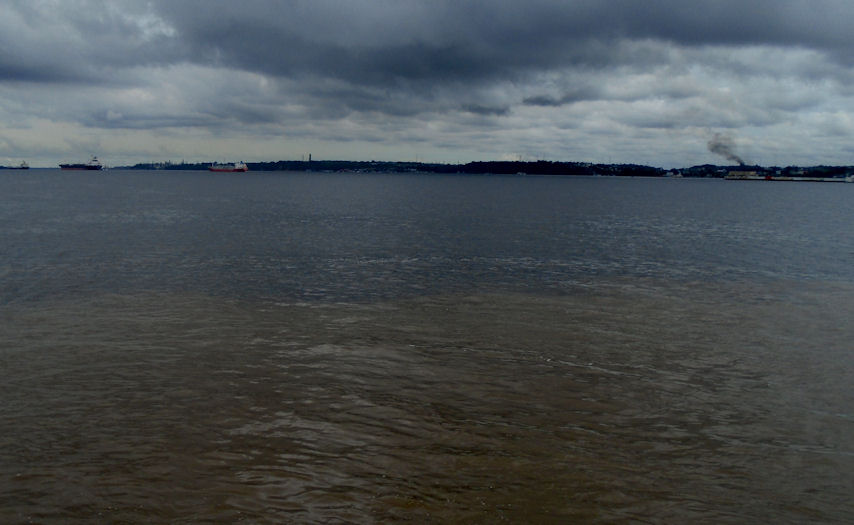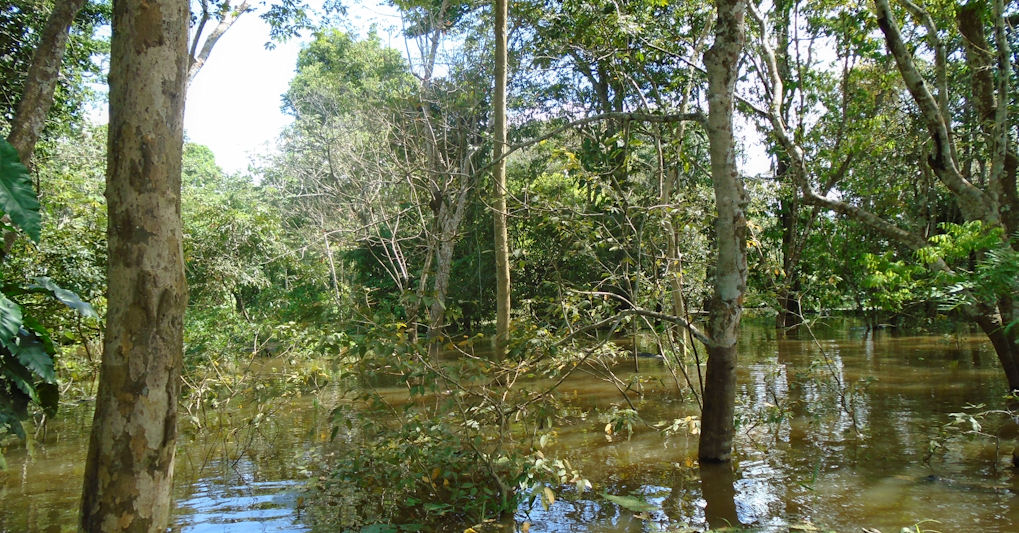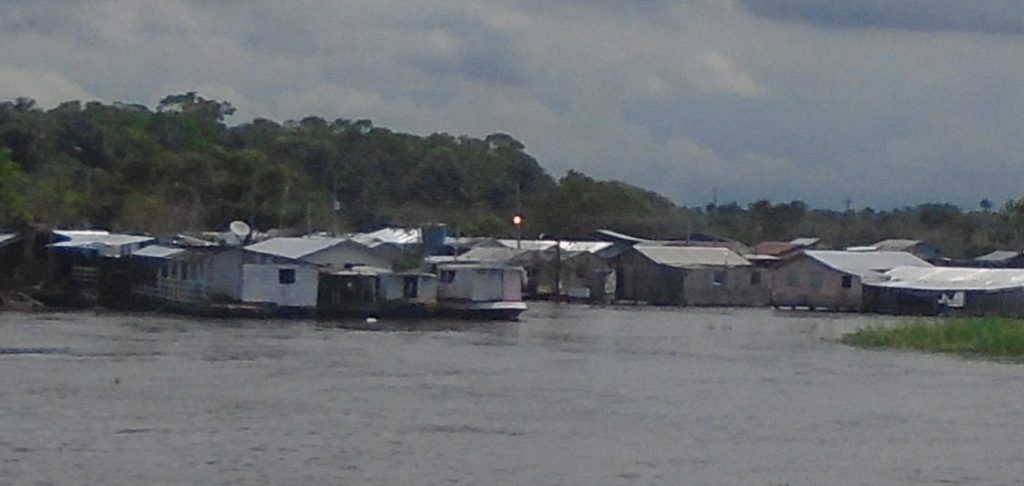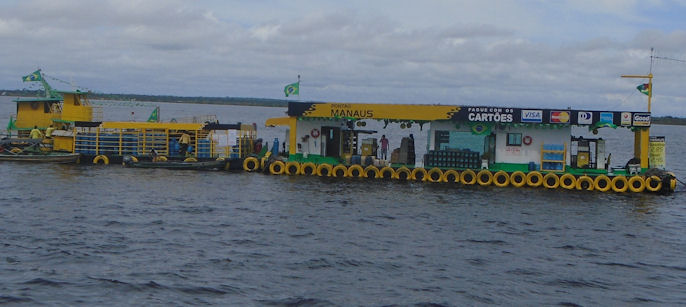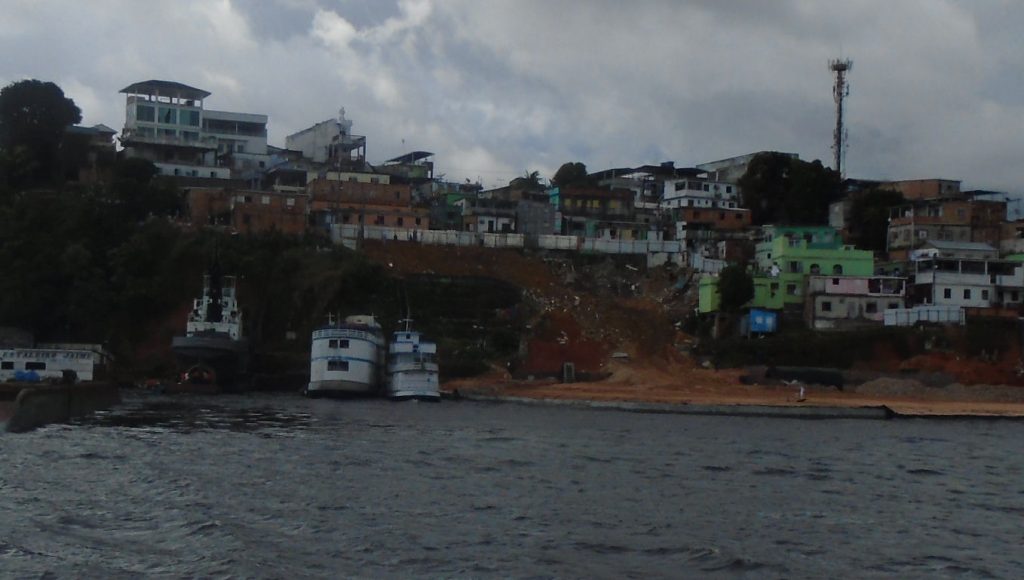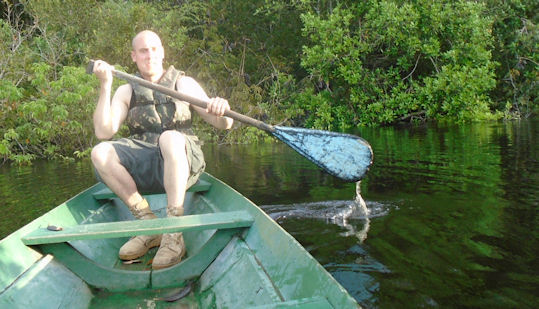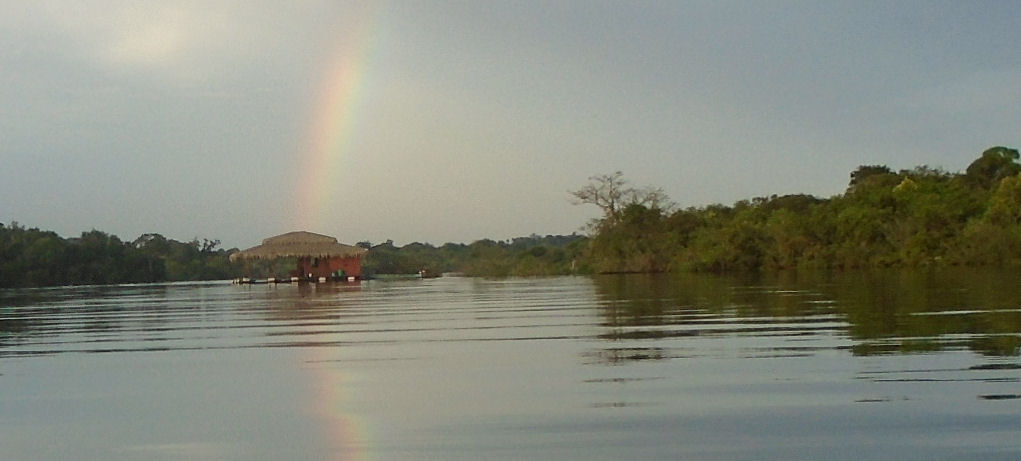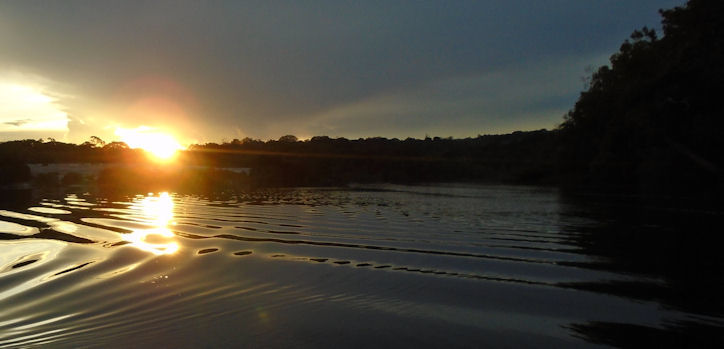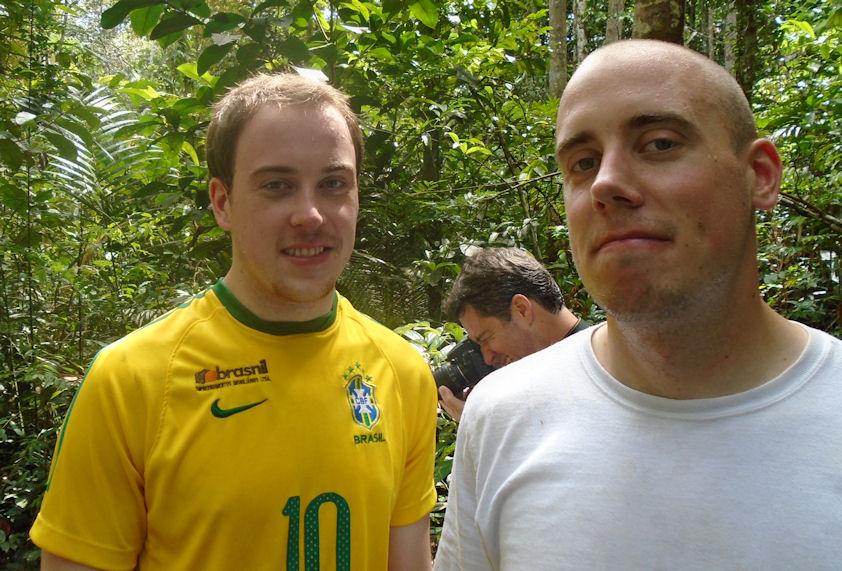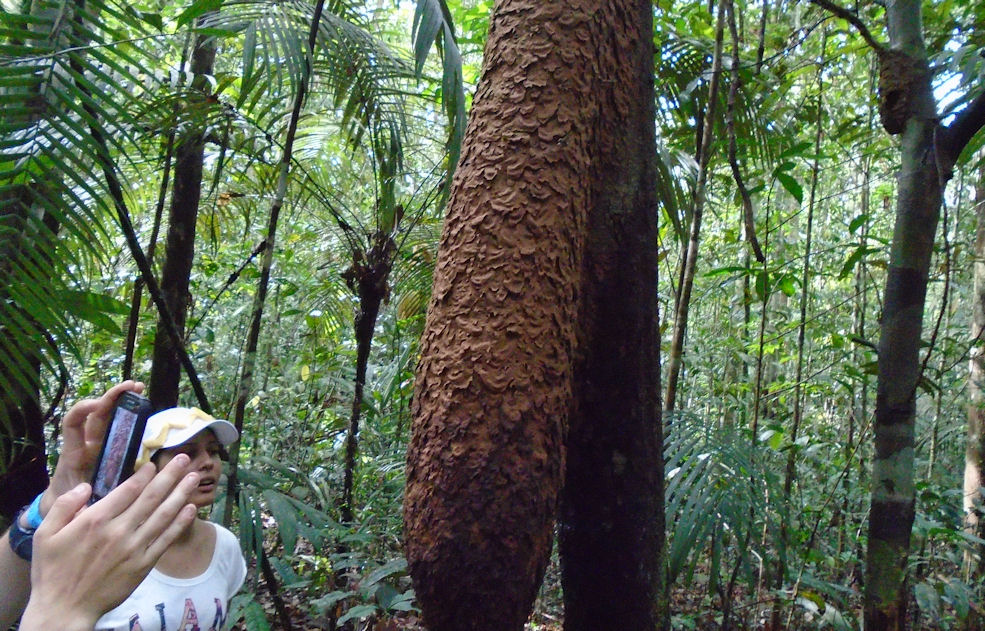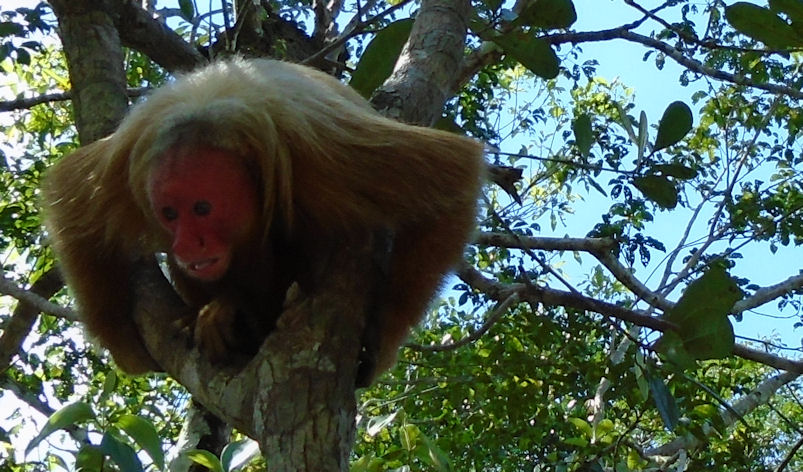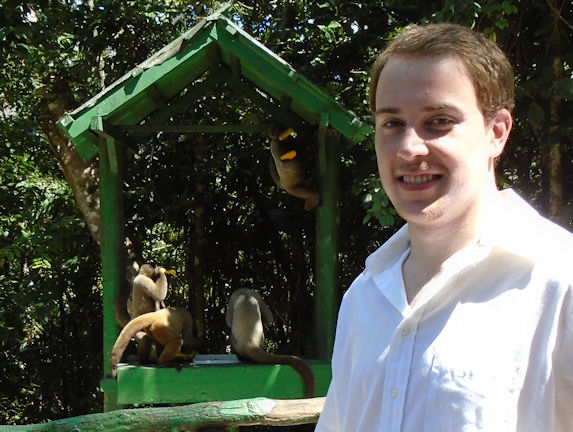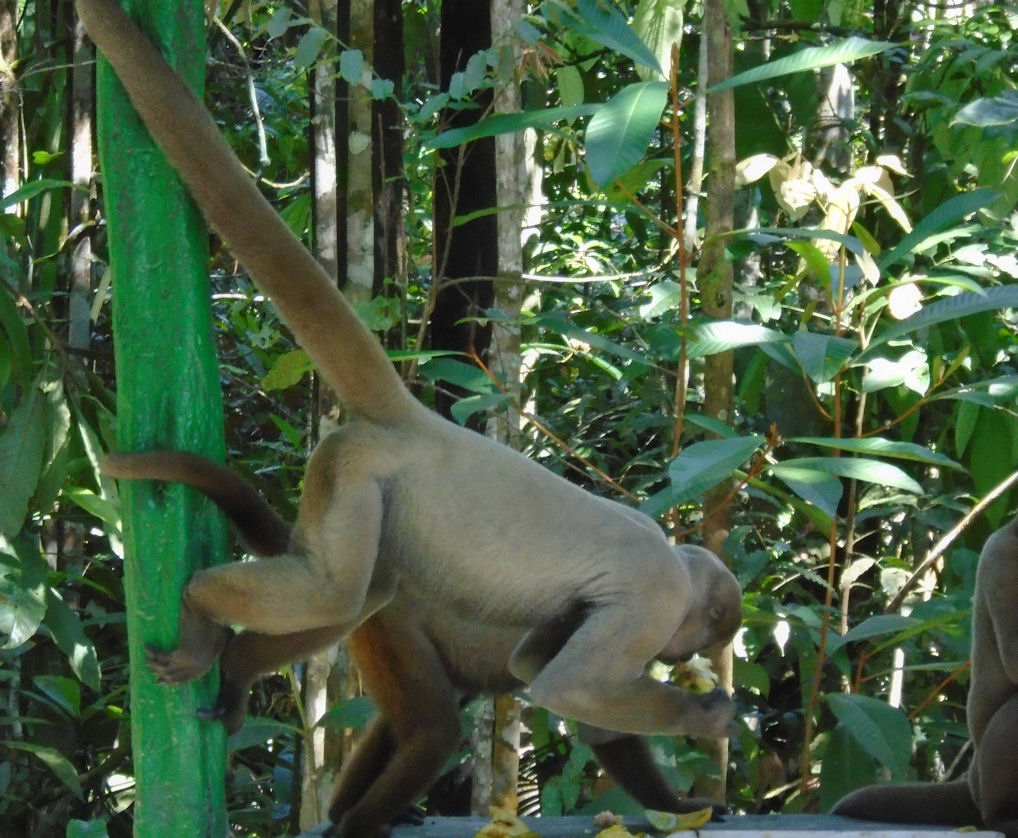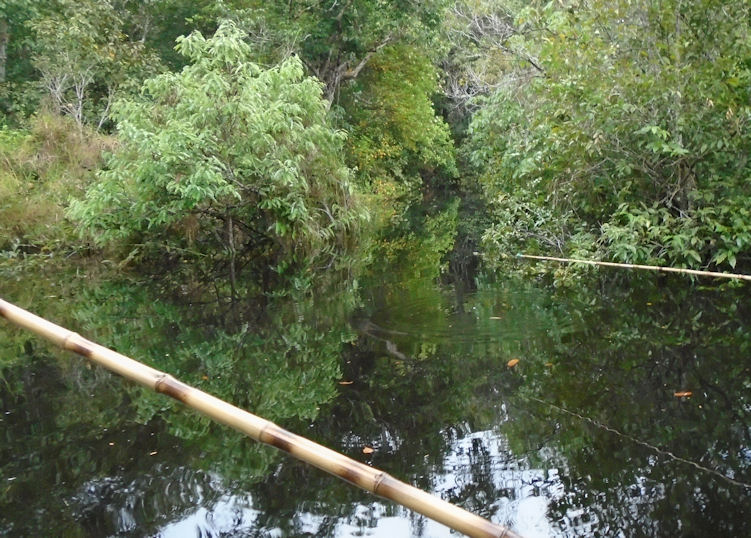I have failed in my admittedly quixotic quest to limit meetings and protect time. My goal was to limit time spent in meetings, eliminate many meetings altogether and just say no to just being there.
I have learned (confirmed) to my sadness that in government, maybe any large organization, many people define their “work” by the number and duration of the meetings they attend.
We talk about saving time and say time is our most valuable resource. I listened to a podcast re (see link,) which actually provoked this post.
In truth, I have not been completely unsuccessful. I have learned to say “no” to lots of meetings. I think I have paid some cost, but what do I care at this stage of my career.
I ridicule most suggestions of “brainstorming” for example, especially when “brainstorm” is used as a verb, i.e. “let’s brainstorm it.” Brainstorming is a colossal waste of time. People substitute brainstorming for thinking things through. I can think of a few cases where brainstorming sessions produced some value, but I cannot think of very many. And I am sorry but there are some stupid ideas and it is not much use to “get them out there” except maybe to get them out into the open where they can be eliminated more easily.
But my ridiculing of brainstorming upsets brainstorm advocates. Some don’t tell me, but they are.
Returning to the main meeting topic, I had a very interesting case with one of my staff members, who was holding too many meetings. When I asked him to stop, he told me that “his bosses” expected of him. I pointed out that I was his boss and I didn’t want it. He stopped – I thought. I later learned that he had not stopped at all; he just stopped reporting back to me. What for, if the ostensible recipient of the results doesn’t want them? My belief is that it was just a way to seem to be busy, like doing a rain dance.
But I have learned a simple technique. I noticed that when somebody closes a meeting, it is customary to ask if anybody else has anything else to say. This question is often followed by a “are you sure?” and/or by additional comments. I have noticed that when the last person speaks, the best thing to say is “okay, let’s get back to work.” If someone really has something important to add, they will say so. Otherwise, head for the door while the opportunity is there. I have a variation if I am not leading the meeting. When the leader says “okay, let’s” I get up and make to leave. This often finishes the meeting w/o the request for additional comments.
In the link I included, the author talks about making it harder to set up meetings. Outlook makes it too easy. All you need do is send out those notices. I used to think it was rude not to respond at all, but now I just ignore most of them, since few of them really need me. They have no business asking me and I figure if they really care they will follow up.
IMO, many if not most meetings result from inability to make decisions. How often are you talking with a few people and somebody says, “let’s have a meeting to resolve this.” The correct answer is almost always “no”.
If you need more information, ask whoever is likely to have it. If a decision is within your portfolio, just make it. The cost of coming to the “right” decision with meetings and research often exceeds the cost of making the wrong decision and some things just don’t matter very much.
Anyway, I lost that long war against meetings, although I did manage to clear an areas that was, if not meeting free, was at least meeting scarce. This gave everybody more time to do real work and I think it was effective. I would discuss this with anyone who asks, but let’s not meet about it.
PS – I am not really against wasting time. Some wasted time is unavoidable. But I can waste time all by myself. I don’t need to call a meeting of a lot of other people to help.

